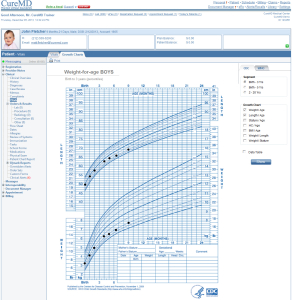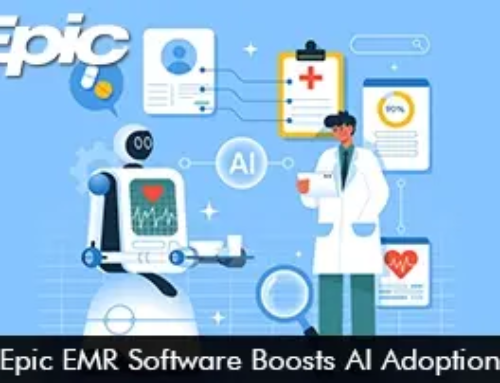Electronic medical records (EMR) software is often tailored for specific specialties, but what does that look like for pediatrics? Pediatric EMR software helps pediatricians manage patient data, streamline workflows, and enhance patient care. We explore the key advancements that have made a significant impact on pediatric healthcare.
Tailored Pediatric Templates
One of the most significant advancements in pediatrics EMR software is the development of specialized templates. Exclusively designed for pediatric patients, these templates include age-specific growth charts, immunization schedules, and pediatric-specific assessment tools. These features allow pediatricians to document and track growth and development more effectively. It also ensures patients meet their developmental milestones and receive appropriate vaccinations.
Optimized Immunization Management in Pediatric EMR Software
Immunization is a critical aspect of pediatric healthcare. Advanced EMR software now includes robust immunization management features. These features help pediatricians track immunization schedules, manage vaccine inventory, and provide timely reminders to both healthcare providers and parents or guardians. This not only ensures that children receive vaccines on time but also helps in preventing vaccine-preventable diseases.
Growth Tracking
Pediatric EMR software has integrated growth-tracking tools. This allows healthcare providers to monitor a child’s growth and development over time. These tools include visual growth charts that display height, weight, and head circumference trends. These make it easier for pediatricians to identify growth-related issues and intervene promptly.
Developmental Screening
Early detection of developmental delays and disorders is crucial for pediatric patients. EMR software for pediatrics now includes developmental screening questionnaires and assessments. These tools assist healthcare providers in identifying potential developmental issues and refer patients to specialists for further evaluation and intervention when necessary.
Pediatric-Specific Calculations
Pediatricians often need to perform complex calculations related to medication dosages, nutritional requirements, and more. Advanced pediatric EMR software incorporates pediatric-specific calculators that simplify these calculations. This reduces the risk of errors and ensures precise and safe care for pediatric patients.
Allergen and Medication Management in Pediatric EMR Software
Managing allergies and medications in pediatric patients can be challenging due to the potential for allergic reactions and complex dosing regimens. Pediatric EMR software offers comprehensive allergy and medication management features. These include drug interaction checks, allergy alerts, and dose calculations based on the child’s age, weight, and medical history.
Customizable Templates
Every pediatric practice is unique, and EMR software recognizes this by offering customizable templates. Pediatricians can tailor these templates to meet the specific needs of their practice. This ensures that their documentation and workflows align with their preferred methods of care delivery.
Pediatric EMR Software and Telemedicine Integration
Telemedicine has gained significant prominence, especially in the wake of the COVID-19 pandemic. Pediatric EMR software now seamlessly integrates with telehealth platforms, enabling pediatricians to provide remote care and consultations to their patients. This advancement has improved access to care for pediatric patients, especially those in rural or underserved areas.
Patient Portal and Parental Engagement
Pediatric EMR systems often include patient portals facilitating communication between healthcare providers, parents, and caregivers. These portals allow parents to access their child’s medical records, schedule appointments, request prescription refills, and communicate with the healthcare team. Enhanced parental engagement leads to better care coordination and improved patient outcomes.
Interoperability and Health Information Exchange
Interoperability is a key in modern healthcare and pediatric EMR software is no exception. These systems are designed to seamlessly exchange patient information with other healthcare providers, laboratories, and hospitals. This interoperability ensures that a child’s medical history is readily available to all relevant healthcare professionals, even when they are outside the pediatrician’s office.
Enhanced Security and Privacy in Pediatric EMR Software
Ensuring the security and privacy of patient data is of utmost importance in healthcare. To safeguard patient information, pediatric EMR software incorporates robust security features. These include data encryption, access controls, and audit trails. Compliance with regulations such as HIPAA (Health Insurance Portability and Accountability Act) is a top priority for these systems.
Decision Support Tools
Advanced pediatric EMR software often includes decision-support tools that provide healthcare providers with evidence-based guidelines and recommendations for pediatric care. These tools assist pediatricians in making informed decisions, reducing the risk of diagnostic errors, and improving the quality of care delivered to pediatric patients.









